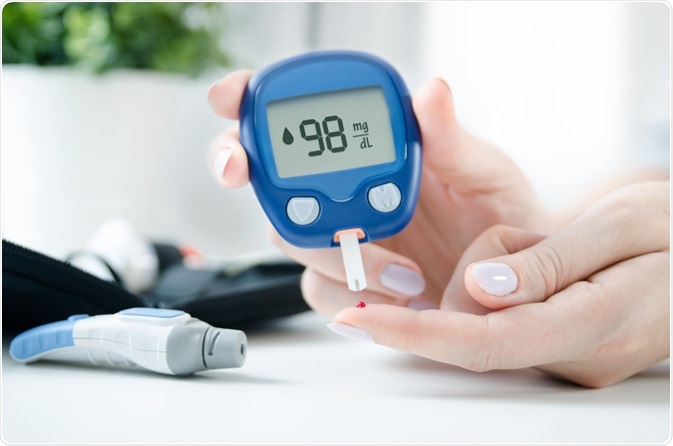When Sugar is High: Complete Symptoms Guide
589 million adults worldwide deal with hyperglycemia as of 2024, yet 252 million don't recognize the warning signs. Here's what every person needs to know about high blood sugar symptoms. Learn about normal blood sugar levels and understand what constitutes dangerously high levels.
Key Takeaways: High Blood Sugar Symptoms
| Blood Sugar Level | Timeline | Key Symptoms | Action Needed |
|---|---|---|---|
| 180-250 mg/dL | Hours | Frequent urination, excessive thirst, blurred vision | Monitor closely |
| 250-400 mg/dL | Days-Weeks | Weight loss, fatigue, skin infections | See doctor |
| 400+ mg/dL | Hours | Fruity breath, vomiting, confusion | Emergency care! |


